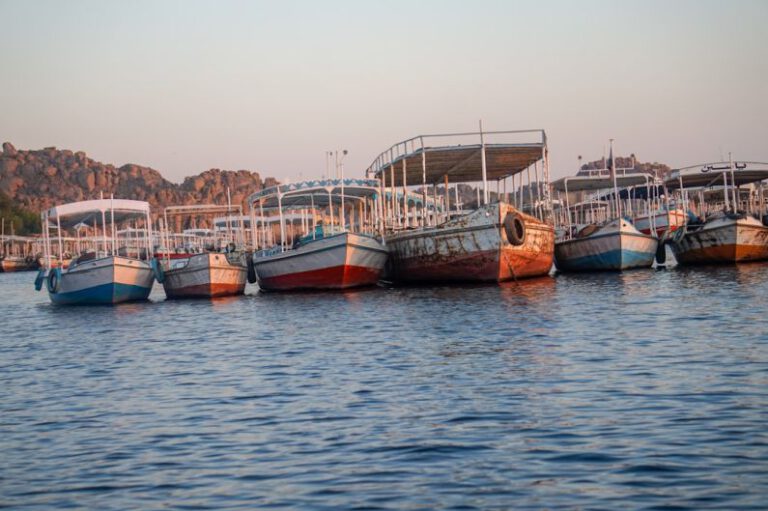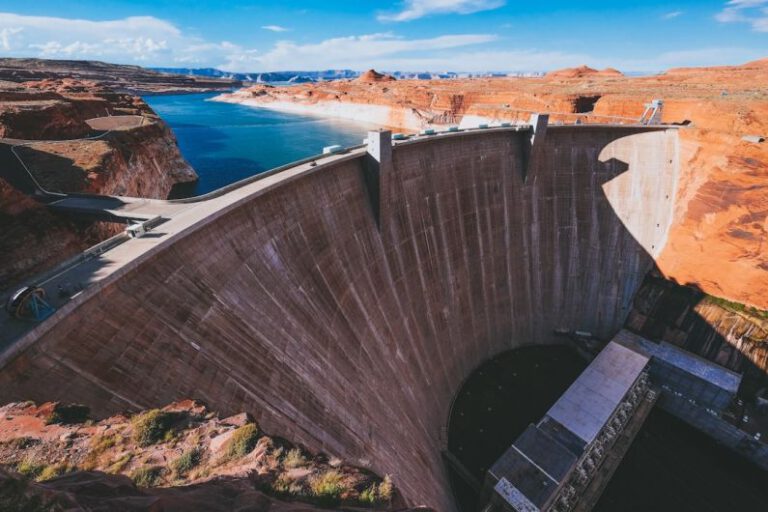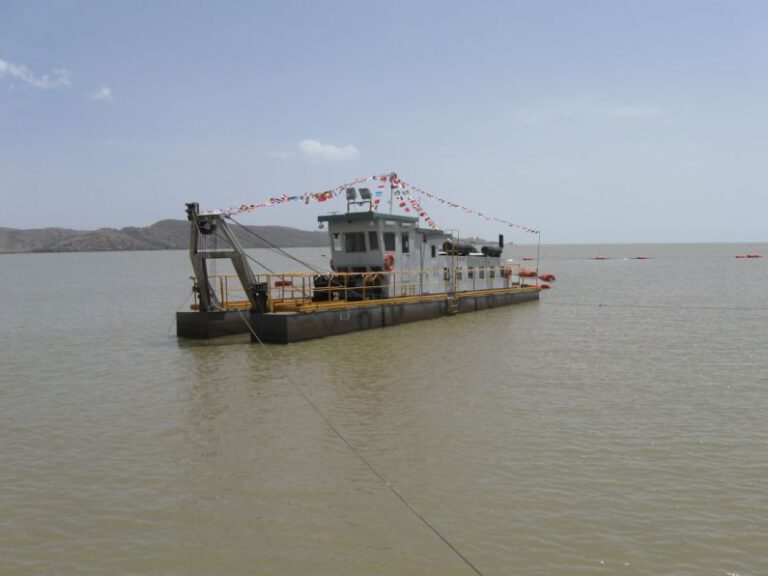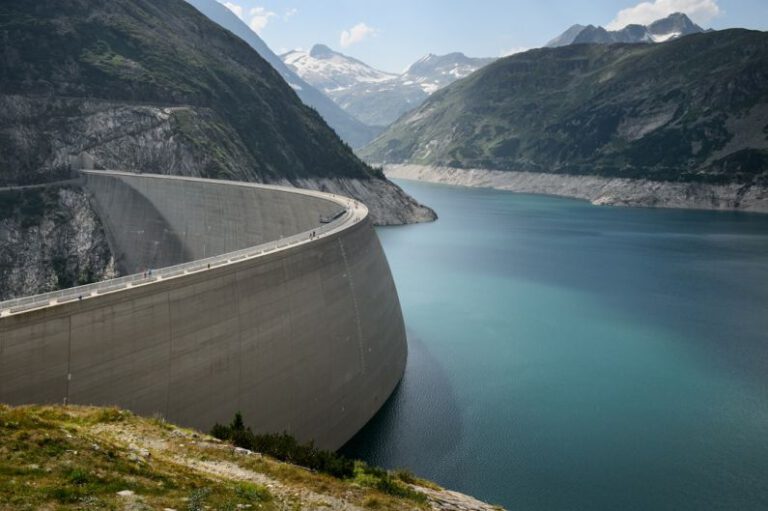The Kariba Dam: Taming the Zambezi River
Nestled between Zambia and Zimbabwe, the Kariba Dam stands as a testament to human ingenuity and the ability to harness the power of nature. Built across the Zambezi River, this monumental structure has not only provided electricity to the region but has also transformed the landscape and enriched the lives of countless individuals. Let us delve into the fascinating story of the Kariba Dam and how it has tamed the mighty Zambezi River.
A Feat of Engineering Marvel
The construction of the Kariba Dam was a monumental undertaking that required meticulous planning and innovative engineering solutions. Completed in 1959, the dam stretches over 1,900 feet in length and rises to a height of 420 feet, making it one of the largest dams in the world. Its sheer size and scale are a testament to the determination and vision of the engineers and workers who labored tirelessly to bring this project to fruition.
Harnessing Hydroelectric Power
One of the primary purposes of the Kariba Dam is to generate hydroelectric power for the surrounding region. The dam’s reservoir, Lake Kariba, has a storage capacity of over 180 cubic kilometers of water, which is used to drive turbines and produce electricity. This clean and renewable source of energy has been instrumental in powering industries, homes, and businesses in Zambia and Zimbabwe, providing a vital lifeline to the local communities.
Mitigating Floods and Droughts
In addition to its role in generating electricity, the Kariba Dam plays a crucial role in managing the Zambezi River’s water levels. By regulating the flow of water, the dam helps to mitigate the impact of floods during the rainy season and ensures a steady water supply during the dry season. This has been instrumental in stabilizing agricultural production, supporting livelihoods, and safeguarding communities against the vagaries of nature.
Environmental Impact and Wildlife Conservation
While the Kariba Dam has brought immense benefits to the region, it has also had environmental repercussions. The creation of Lake Kariba led to the displacement of communities and the inundation of vast tracts of land, altering the ecosystem and impacting wildlife habitats. Despite these challenges, efforts have been made to mitigate the dam’s environmental impact and protect the unique biodiversity of the Zambezi River basin.
Tourism and Recreation
The picturesque setting of Lake Kariba and its surrounding wilderness have made it a popular destination for tourists and nature enthusiasts. The dam has opened up opportunities for recreational activities such as fishing, boating, and wildlife safaris, attracting visitors from far and wide. The tranquil waters of the lake provide a stark contrast to the roaring power of the Zambezi River, offering a serene escape amidst the rugged beauty of the African landscape.
Empowering Communities and Fostering Development
The presence of the Kariba Dam has catalyzed economic development in the region, providing employment opportunities, infrastructure, and access to electricity for local communities. The steady supply of electricity has spurred industrial growth, creating a foundation for sustainable development and improving the quality of life for thousands of people. The dam stands as a symbol of progress and prosperity, a beacon of hope for a brighter future.
The Legacy of the Kariba Dam
As we reflect on the legacy of the Kariba Dam, we are reminded of the transformative power of human innovation and the intricate balance between progress and preservation. The dam stands as a testament to our ability to tame the forces of nature and harness them for the greater good. From generating clean energy to protecting communities from floods, the Kariba Dam has played a pivotal role in shaping the landscape and livelihoods of those who call the Zambezi River basin home.
In conclusion, the Kariba Dam stands as a monumental structure that embodies the spirit of resilience and ingenuity. Its impact on the region is undeniable, shaping the landscape, empowering communities, and fostering sustainable development. As we look to the future, the Kariba Dam serves as a reminder of the possibilities that arise when we work in harmony with nature, creating a legacy that will endure for generations to come.






